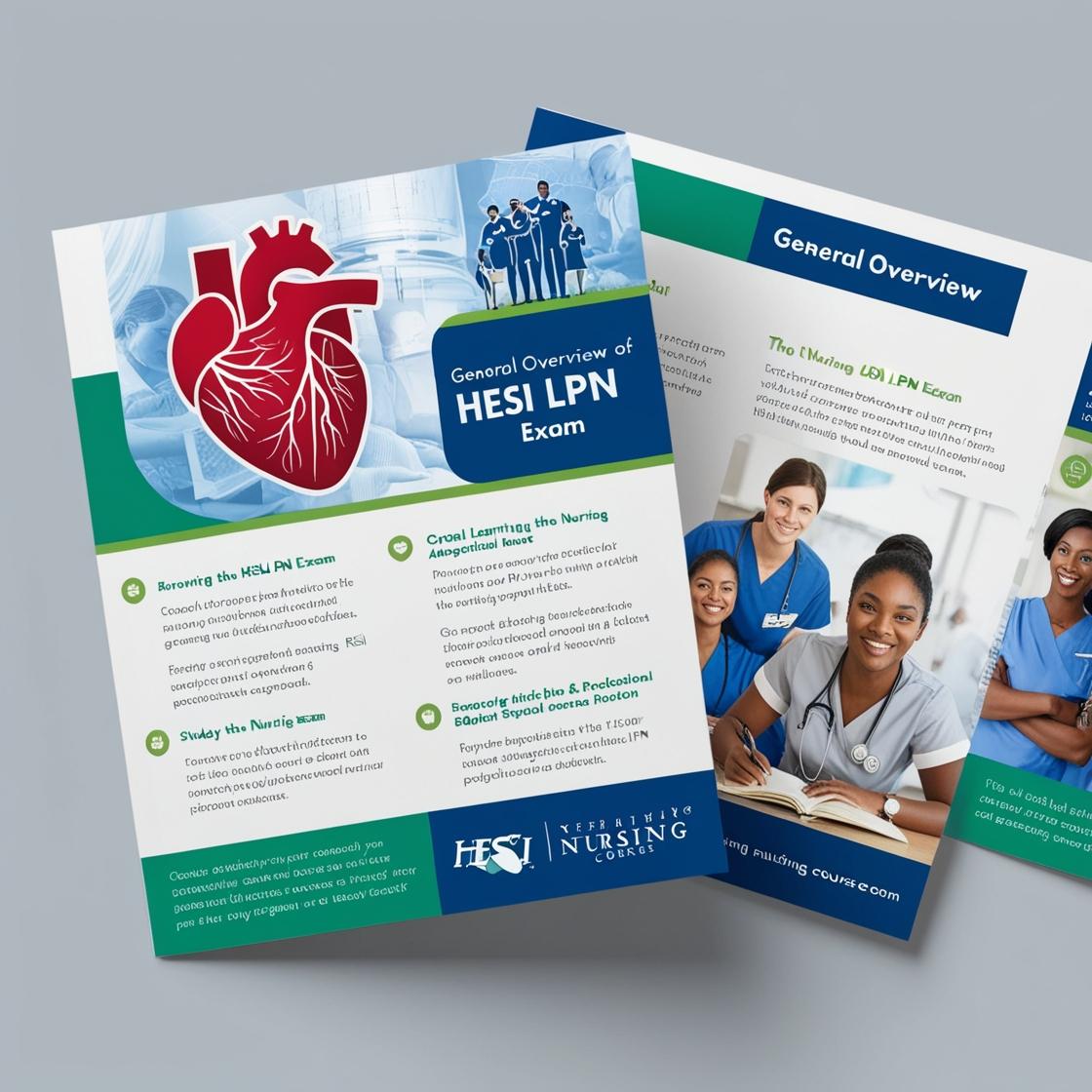HESI LPN
HESI Maternal Newborn
1. In the prenatal record, the nurse should record for the pregnant client who has a 3-year-old child at home, a term birth, a miscarriage at 10 weeks’ gestation, and a set of twins who died within 24 hours:
- A. Gravida 2, para 1.
- B. Gravida 3, para 3.
- C. Gravida 4, para 2.
- D. Gravida 5, para 4.
Correct answer: C
Rationale: The correct answer is C: 'Gravida 4, para 2.' Gravida refers to the total number of pregnancies, including the current one. In this case, the client has been pregnant a total of 4 times, so gravida is 4. Para is the number of pregnancies that have reached viability, which is 2 in this case. The client has had a term birth and a set of twins who died within 24 hours, totaling 2 pregnancies that reached viability. Choices A, B, and D are incorrect because they do not accurately reflect the client's obstetric history based on the information provided.
2. When obtaining a health history from a client, a nurse in a woman’s health clinic should identify which of the following findings as increasing the client’s risk for developing pelvic inflammatory disease (PID)?
- A. Recurrent Cystitis
- B. Frequent Alcohol Use
- C. Use of Oral Contraceptives
- D. Chlamydia Infection
Correct answer: D
Rationale: Chlamydia infection is a significant risk factor for developing pelvic inflammatory disease (PID). PID is often caused by untreated sexually transmitted infections (STIs) like Chlamydia and Gonorrhea that ascend from the vagina to the upper reproductive organs. Recurrent cystitis (choice A) is more related to urinary tract infections, frequent alcohol use (choice B) is not directly linked to PID, and the use of oral contraceptives (choice C) does not increase the risk of developing PID.
3. Daisy was always unusually short for her age. She was unable to conceive a child after marriage, and upon visiting a doctor, she was prescribed estrogen replacement therapy. Daisy is most likely suffering from:
- A. Phenylketonuria (PKU).
- B. Cystic fibrosis.
- C. Turner syndrome.
- D. Huntington’s disease (HD).
Correct answer: C
Rationale: Daisy's symptoms of short stature and infertility, along with the prescription of estrogen replacement therapy, are indicative of Turner syndrome. Turner syndrome is a genetic condition in which a female is partially or completely missing one X chromosome. This results in short stature, infertility, and other physical characteristics. Phenylketonuria (PKU) is a metabolic disorder caused by a mutation in the gene responsible for the breakdown of the amino acid phenylalanine. Cystic fibrosis is a genetic disorder affecting the respiratory and digestive systems. Huntington's disease (HD) is a neurodegenerative disorder that affects muscle coordination and leads to cognitive decline.
4. A client at 27 weeks of gestation with preeclampsia is being assessed by a nurse. Which of the following findings should the nurse report to the provider?
- A. Urine protein concentration of 200 mg/24 hr.
- B. Creatinine level of 0.8 mg/dL
- C. Hemoglobin level of 14.8 g/dL
- D. Platelet count of 60,000/mm3
Correct answer: D
Rationale: A platelet count of 60,000/mm3 is significantly low and can indicate HELLP syndrome, a severe complication of preeclampsia that involves hemolysis, elevated liver enzymes, and low platelet count. HELLP syndrome requires prompt medical intervention to prevent serious maternal and fetal complications. The other findings listed are within normal limits or not directly related to the severe condition associated with HELLP syndrome.
5. A client experiencing preterm labor is being taught about terbutaline by a nurse. Which statement by the client indicates an understanding of the teaching?
- A. “The medication could cause me to experience heart palpitations.”
- B. “This medication could cause me to experience blurred vision.”
- C. “This medication could cause me to experience ringing in my ears.”
- D. “This medication could cause me to experience frequent urination.”
Correct answer: A
Rationale: The correct answer is A. Terbutaline is a beta-adrenergic agonist used to stop preterm labor. One of its common side effects is heart palpitations due to its action on beta receptors in the heart. Choices B and C are incorrect because blurred vision and ringing in the ears are not common side effects of terbutaline. Choice D is irrelevant to the side effects of terbutaline.
Similar Questions

Access More Features
HESI LPN Basic
$69.99/ 30 days
- 50,000 Questions with answers
- All HESI courses Coverage
- 30 days access @ $69.99
HESI LPN Premium
$149.99/ 90 days
- 50,000 Questions with answers
- All HESI courses Coverage
- 30 days access @ $149.99
